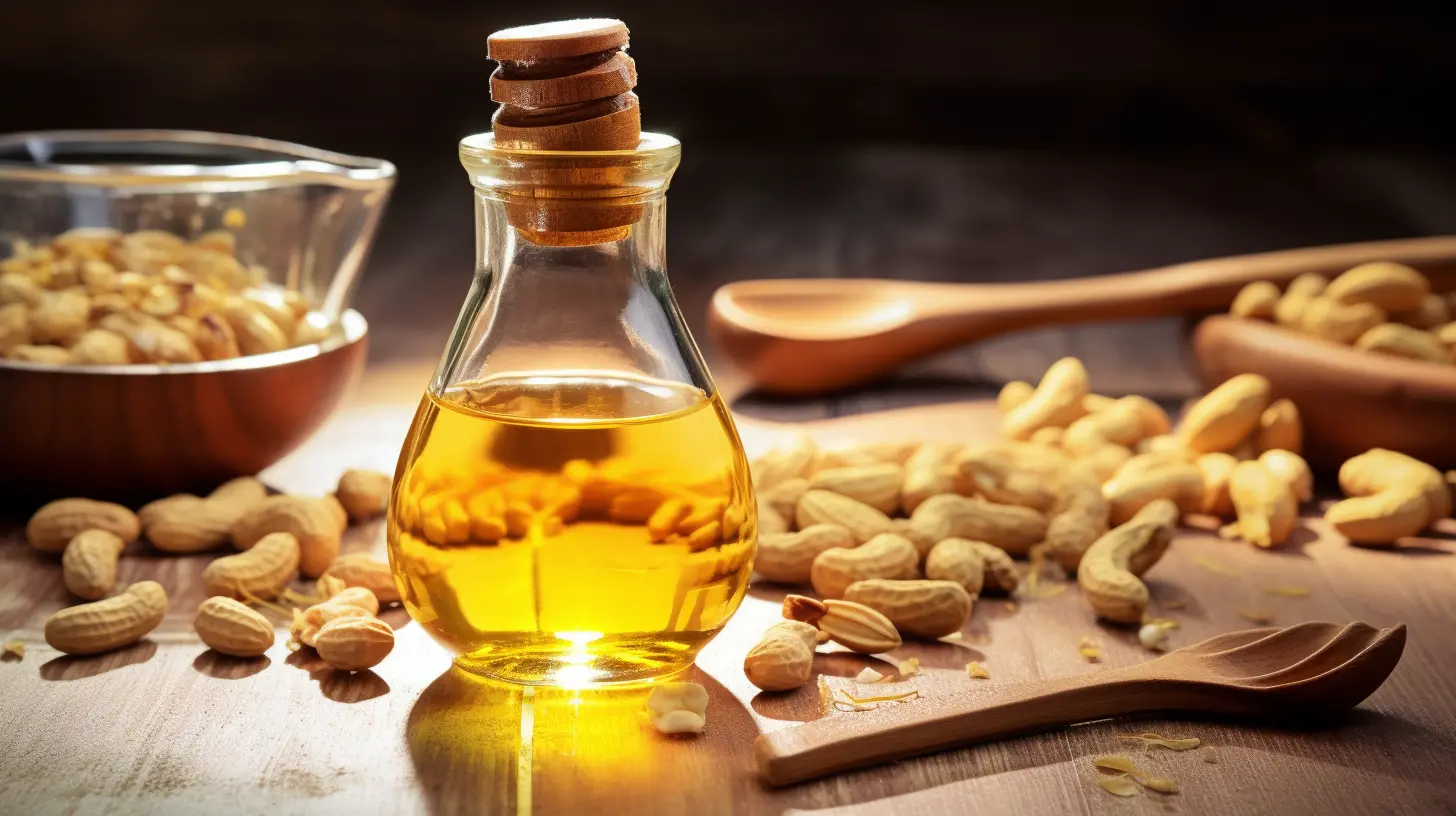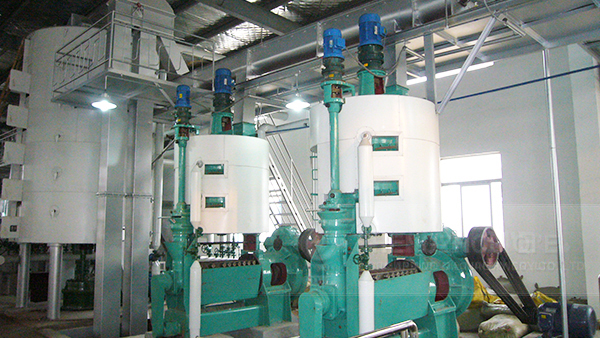
Peanut oil is a staple in many kitchens around the world, known for its rich flavor and versatility in cooking. But have you ever wondered about the journey of peanut oil from raw peanuts to your dinner table? In this article, we'll take you through the entire production process, highlighting the significant differences between hot-pressed and cold-pressed peanut oil processes.
The production of peanut oil begins with the shelling of peanuts. High - quality peanuts are first selected, and then they go through a shelling machine. This machine is designed to break the outer shell of the peanuts while keeping the kernels intact. On average, a modern shelling machine can process about 1 - 2 tons of peanuts per hour, ensuring an efficient start to the production process.

Hot - pressed peanut oil is produced by heating the peanuts to a relatively high temperature, usually between 120 - 180°C. This process enhances the flavor of the oil, giving it a rich, nutty taste. It also increases the oil yield, with an average yield of about 40 - 45%. However, the high temperature may destroy some of the nutrients in the peanuts.
On the other hand, cold - pressed peanut oil is made by pressing the peanuts at a low temperature, typically below 60°C. This method preserves more nutrients and natural antioxidants in the oil, but the oil yield is lower, around 30 - 35%. Cold - pressed peanut oil has a milder flavor, which is preferred by some consumers who want a more natural taste.
After shelling, the peanuts need to be cleaned to remove dirt, debris, and other impurities. This is usually done using a combination of screening machines and air separators. The cleaning process is crucial as it ensures the quality and purity of the final oil product.
In the production process, baking the peanuts is an important step. The right baking temperature can significantly affect the flavor and quality of the oil. For hot - pressed oil, the optimal baking temperature is around 150 - 160°C. This temperature range helps to develop the characteristic nutty flavor of the oil. For cold - pressed oil, a lower temperature of about 40 - 50°C is used to preserve the nutrients.
Crushing the peanuts into smaller pieces can increase the contact area between the peanuts and the pressing equipment, thereby improving the oil yield. After crushing, the peanut kernels are usually flaked to further increase the oil extraction efficiency. The peanut skins can also be collected and used as animal feed, reducing waste.
The oil extraction is typically done using a screw press or an expeller press. These machines apply pressure to the peanuts to squeeze out the oil. The screw press can operate at a pressure of up to 30 - 40 MPa, ensuring a high - efficiency oil extraction. After the oil is extracted, the remaining oil cake can be reused. It can be used as a high - protein feed for livestock or as a raw material for fertilizer production.

The extracted crude oil then goes through a refining process to remove impurities, free fatty acids, and other unwanted substances. This process includes degumming, neutralization, bleaching, and deodorization. After refining, the peanut oil is ready for filling. It is filled into clean, air - tight containers to ensure its quality and shelf life.
The production of peanut oil is a meticulous process that involves multiple steps, from shelling to filling. Whether it's hot - pressed or cold - pressed, each process has its own unique characteristics. After such a rigorous production process, consumers can rest assured that the peanut oil they purchase is of high quality and safe to use. We invite you to share your thoughts on peanut oil production in the comments below. If you're interested in purchasing high - quality peanut oil, click the link below to explore our product range!
Explore Our Peanut Oil
